
How to Naturally Strengthen Peripheral Vision
Our readers visit our site to learn about vision care and take our eye vitamins for a variety of reasons, from strengthening near and far vision to slowing down and treating aging vision and astigmatism. Still, out of all those, you’ll likely find a couple of unusually popular reasons, like maybe finally getting rid of those pesky glasses without resorting to LASIK, or staving off some other effects of old age. But have you ever thought about how to strengthen peripheral vision?
You might not find too many people working on their peripheral vision, actually. As important as peripheral vision is, many people often overlook it. One field where this is highly recognized though is in sports vision training.
But you don’t have to be an athlete to benefit from boosted peripheral vision. In fact, just about anyone on a regular routine could stand to take a cue from these high-functioning exercisers.
What Is Peripheral Vision?
You’ve likely heard the term before, but we’ll start with a quick definition.
Peripheral vision is a term that refers to the part of vision that lies outside the center of sight. The simple way to think of it is to imagine it as the field of vision surrounding objects that you’re able to directly focus on.
On a more technical level, peripheral vision is everything not picked up by the fovea. The fovea is a region at the center of the retina characterized by dense, sensitive bundles of rods and cones. This clustering of light-perceiving cells makes the fovea capable of detailed central vision. Whenever you stare directly at an object for a close examination, you’re making use of foveal vision.
This physiological setup means that you have extremely sharp vision at the very center of your gaze. This gets less and less so as you move outward. Near peripheral, mid-peripheral, and far peripheral are all regions that lie outside of foveal zones. Far peripheral is probably what’s most commonly thought of when people talk about peripheral vision.
The Importance of Peripheral Vision
Life doesn’t exactly occur right in front of you. Activities, some of which are awfully important, can take place at the very edge of your field of vision. If your peripheral vision’s poor, you’ll miss them, but if it’s good, you’ll notice something, giving you a chance to train your central vision on it and find out more.
As you might imagine, this is of particular importance to athletes. Basketball players make extensive use of peripheral vision to track multiple teammates or opponents. For example, while guarding one player, it’s important to know if another one is moving into position to screen or set up a pass. Players able to notice these peripheral movements will be in a much better position to respond to them and either help or hinder a play.
The same goes for soccer, football, and any sport with a large number of moving players. All of whom have to be tracked if someone wants to stay on top of the game. Solo tasks, such as juggling, also require peripheral vision. Good jugglers can’t just track one pin or ball – they need to have a precise understanding of where each individual object is and where it’s headed. Thus the fixed, vaguely upward gaze you’ll see most successful jugglers wearing.
Peripheral Vision in Everyday Life
But what if you’re not an athlete? Is there any point to working on your peripheral acuity? Absolutely. You don’t need to be a sports fanatic to benefit.
 Let’s say you’re just crossing a street. Cars will approach from the outer edges of your field of vision and you’ll rely on peripheral sight to notice that movement. That leads to you transferring your gaze to an approaching vehicle, allowing you to avoid it.
Let’s say you’re just crossing a street. Cars will approach from the outer edges of your field of vision and you’ll rely on peripheral sight to notice that movement. That leads to you transferring your gaze to an approaching vehicle, allowing you to avoid it.
And while younger readers probably don’t see much need to work on their already adequate peripheral vision, older individuals might want to take extra notice. Aging eyes naturally lose 20 to 30 degrees of peripheral vision, a pretty severe chunk. And that’s without adding in complicating factors.
Glaucoma is famous for stealing peripheral vision. A widespread condition among older people, this dangerous buildup of pressure in the eye damages the optic nerve from the outside in. It can quickly result in a major, permanent loss of vision.
Anyone with age-related macular degeneration (AMD) will find themselves dependent on good peripheral vision after losing central sight to this common degenerative disorder. In any case, working to maintain this particular type of sight is crucial to the continued well-being of your eyes.
How to Train Your Peripheral Vision
If you do happen to be an athlete and have quite a bit of money to burn, you might find yourself considering a lightboard. These big, electronic gadgets have a vaunted place in the hearts of vision trainers. They operate by flashing lights in peripheral fields of vision, teaching users to better pick up small changes in these areas.
A recent study demonstrated how useful and successful holistic treatments for vision loss can be. In the case study, researchers tested how anodal transcranial direct current stimulation might help improve peripheral vision. Anodal tCDS is essentially a wearable brain stimulation technique that sends small shocks of electricity into the scalp. They found that, with a lot of practice, this type of therapy could actually improve peripheral vision. It would be an investment, though!
These types of training probably aren’t practical for the average home exerciser, but they do hint at how useful eye exercises can be. Simpler and much less expensive drills imitate some of the same motions and training found in lightboards, electric currents, and computer training.
There are a few things you can do at home to improve peripheral awareness. One easy exercise that you’ll see frequently is the toothpick and straw drill. To perform this, set up a central vision target. This can be anything, just so long as you’re able to focus on it. Then place a cup with a straw in it near the edge of your field of vision. Then, while focusing on your target, take a toothpick and attempt to place it directly in the straw.
This drill, and others like it, might not have you performing at Olympian levels, but they can at least work towards some peripheral improvement and maintenance for years to come.
Our Rebuild Your Vision Ocu-Plus Formula Contains All 17 Vitamins, Minerals, and Herbal Supplements to Improve Your Eye Health!




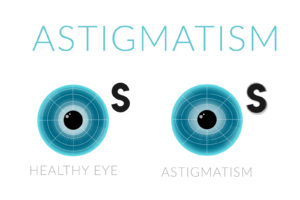
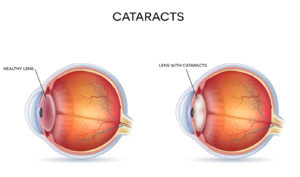
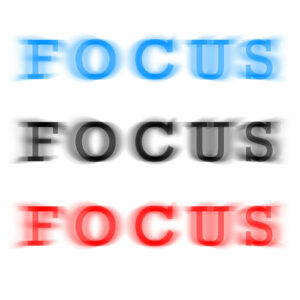

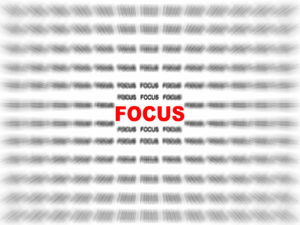


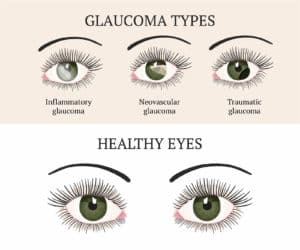
i do simple eye exercises (like crisscrossing and rotations) everytime i do my eyedrops which is 4x daily…
Very helpfull stuff, but how does this work for homonymous hemnopsia?
Thank you very much. I have advanced glaucoma and I have lost some peripheral vision. This article has given me hope. I am going to try that ‘toothpick and sraw’exercise.
Will that help rebuild the optic nerve? I too have Glaucoma and would love to improve matters but am told the optic nerve is non repairable.
very helpful information,thank you. dose looking at a computer screen to much restrict my peripheral vision from getting beter after suffering a Stroke